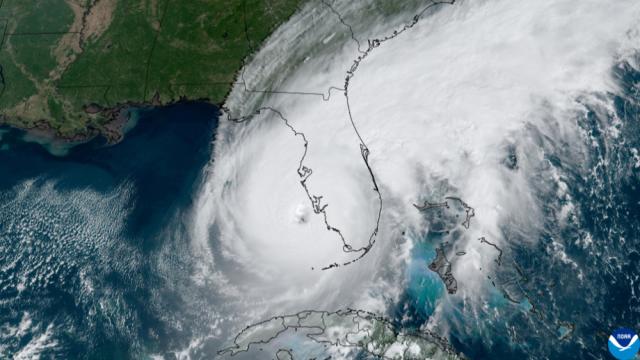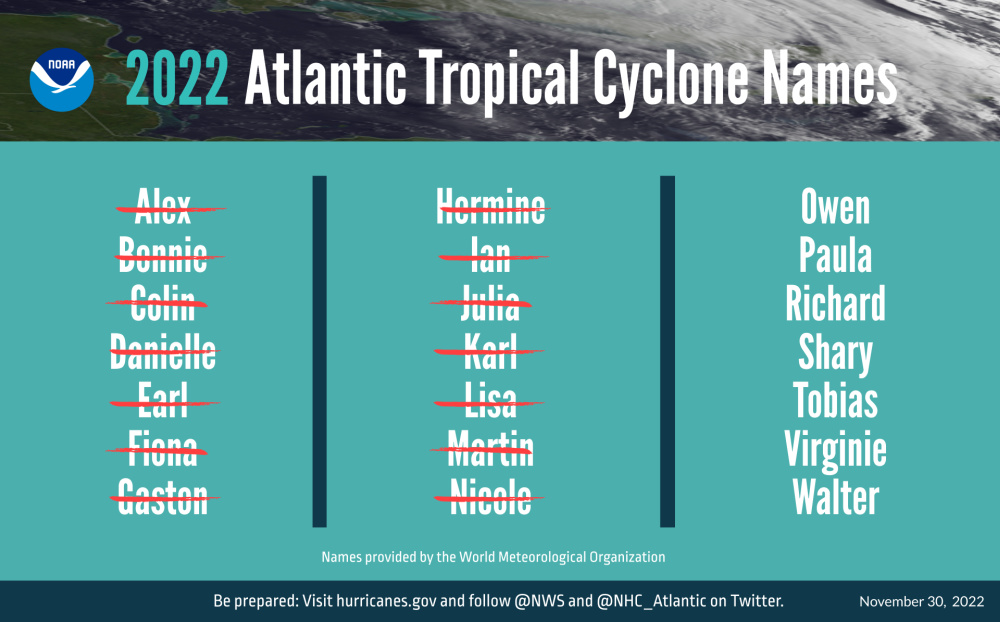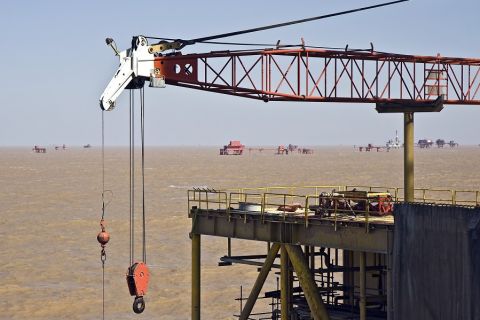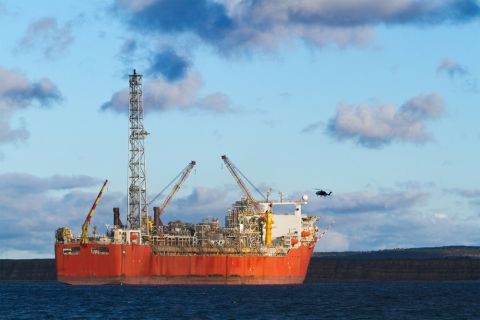
In total, this hurricane season produced 14 named storms (winds of 39 mph or greater), of which eight became hurricanes (winds of 74 mph or greater) and two intensified to major hurricanes with winds reaching 111 mph or greater. (Source: NOAA)
The 2022 Atlantic hurricane season officially ends on Nov. 30, producing a total of 14 named storms, eight of which became hurricanes, according to the National Oceanic and Atmospheric Administration (NOAA).
Despite the end of this year’s hurricane season, “the impact of Hurricanes Ian, Nicole and Fiona—which brought extensive damage to Florida’s coast and Puerto Rico, respectively—will continue to be felt long after the season is over,” the NOAA noted in a Nov. 29 release.
In total, this hurricane season produced 14 named storms (winds of 39 mph or greater), of which eight became hurricanes (winds of 74 mph or greater) and two intensified to major hurricanes with winds reaching 111 mph or greater. An average hurricane season has 14 named storms, seven hurricanes and three major hurricanes.

The 2022 season saw three hurricane landfalls along the coast of the U.S. mainland.
Hurricane Ian made landfall first as a Category 4 storm in Cayo Costa, Florida, and again as a Category 1 in Georgetown, South Carolina. As a Category 4 with 150 mph maximum sustained winds, Hurricane Ian tied for the fifth-strongest hurricane ever to make landfall in the U.S. Hurricane Nicole made landfall as a Category 1 in north Hutchinson Island, Florida.
Hurricane Fiona made landfall outside of the mainland U.S. as a Category 1 near Punta Tocon, Puerto Rico.
“I commend NOAA’s dedicated scientists, hurricane hunter pilots and forecasters who worked diligently to help American communities become hurricane resilient and climate-ready for the impacts of this hurricane season and the years to come,” said Secretary of Commerce Gina Raimondo.
The NOAA said the unique season this year was defined by a rare mid-season pause in storms that scientists preliminarily believe was caused by increased wind shear and suppressed atmospheric moisture high over the Atlantic Ocean.
After a quiet period in August, activity ramped up in September with seven named storms, including the two major hurricanes—Fiona and Ian—seen this season. The season also included a rare late-season storm with Hurricane Nicole making landfall on Nov. 10 along the east coast of Florida.
“Forecasters at NOAA’s National Weather Service and its National Hurricane Center issued earlier forecasts with increasing accuracy this season,” said NOAA Administrator Rick Spinrad, Ph.D. “These improved forecasts coupled with critical NOAA data and services undoubtedly led to the better protection of life and property.”
The 2023 hurricane season will officially begin on June 1. NOAA’s Climate Prediction Center, a division of the National Weather Service, will issue its initial 2023 seasonal outlook in May.
Recommended Reading
Oceaneering Won $200MM in Manufactured Products Contracts in Q4 2023
2024-02-05 - The revenues from Oceaneering International’s manufactured products contracts range in value from less than $10 million to greater than $100 million.
E&P Highlights: Feb. 5, 2024
2024-02-05 - Here’s a roundup of the latest E&P headlines, including an update on Enauta’s Atlanta Phase 1 project.
CNOOC’s Suizhong 36-1/Luda 5-2 Starts Production Offshore China
2024-02-05 - CNOOC plans 118 development wells in the shallow water project in the Bohai Sea — the largest secondary development and adjustment project offshore China.
TotalEnergies Starts Production at Akpo West Offshore Nigeria
2024-02-07 - Subsea tieback expected to add 14,000 bbl/d of condensate by mid-year, and up to 4 MMcm/d of gas by 2028.
US Drillers Add Oil, Gas Rigs for Third Time in Four Weeks
2024-02-09 - Despite this week's rig increase, Baker Hughes said the total count was still down 138 rigs, or 18%, below this time last year.




